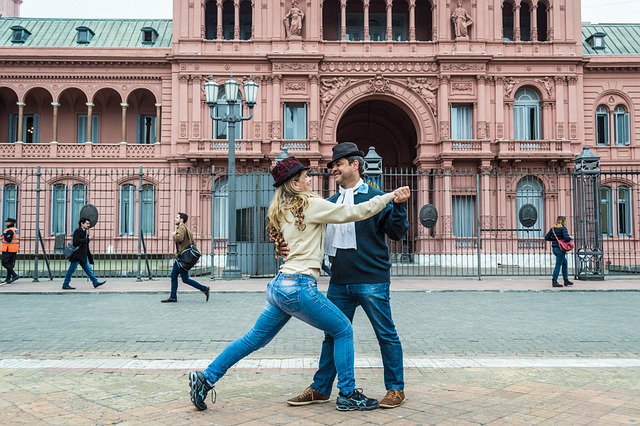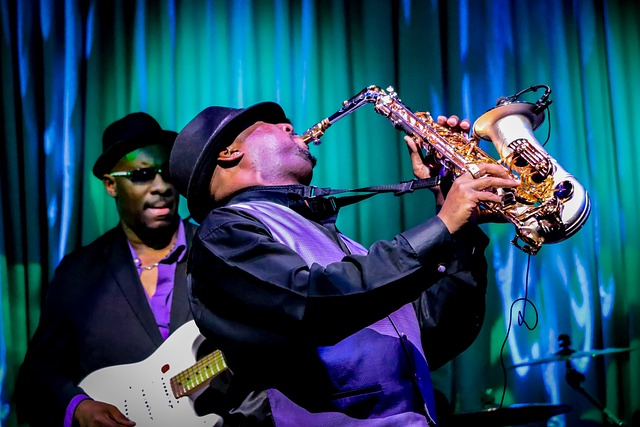Article Title:Correlation between vestibular and spatial system in vertical dance performance
Abstract:
The aim of this study is to evaluate how the vestibular response intervenes in the adaptation of the body in a different support plan than the usual one (walls). Method The experimental group (EG) was 10 subjects (M=30,8; SD=+/- 10.00). For each test time, T0 (before training) and T1 (after training), the experimental group underwent with 3 stabilometric evaluations considering only the best. The Cyber Sabots (TM) stabilometry was used in open/closed eyes (OE/CE) for evaluation the effects of a vertical dance training. Descriptive analysis compares the postural profile variables between experimental and control group (CG) (Rossato et al, 2013). The T-Student analysis was significance in: Wz (. 5-2Hz) (CE) (p=.05) and Wz (2-MaxHz) (OE) (p=.006). One-way ANOVA underlined statistical significance in: Ym (OE-CE/T0-T1) (p=.02), SURFACE (OE-CE/T0-T1) (p=.06), VARVIT (OE-CE/T0-T1) (p=.05), Wz (0-.5Hz) (OE-CE/T0-T1) (p=.002), Wz (2-MaxHz) (OE-CE/T0-T1) (p=.00), AVD (OE-CE/T0-T1) (p=.007), TalD (OE-CE/T0-T1) (p=.007). Variables considered were confirmed by post-hoc Bonferroni test. The EG shows a statistical significance on the Wz frequencies (0,52-Hz; 2-MaxHz) related to vestibular system in the Fourier Transform (FFT). The significance in open eyes postural profile variables may strengthen the interdependence of visual and vestibular system.
Keywords: Vestibular and spatial system; Vertical dance performance; Stabilometric assessment
DOI: 10.14198/jhse.2019.14.Proc1.14
Source:JOURNAL OF HUMAN SPORT AND EXERCISE
Welcome to correct the error, please contact email: humanisticspider@gmail.com



